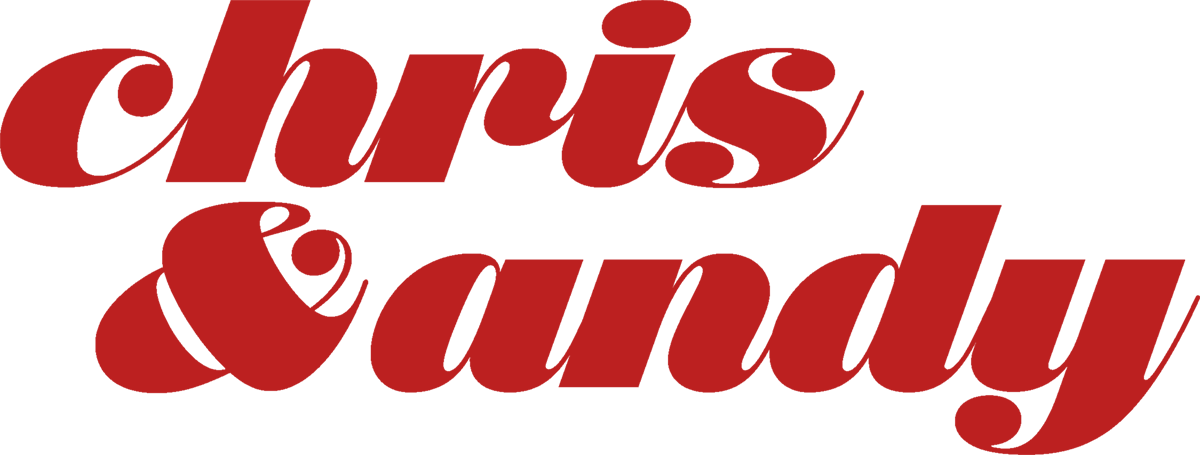No cel? No problem
I started my work life before I had wifi, a cell phone, an ATM card, a digital camera or email. Coffee shops were for coffee and talking face to face not for staring at a portable screen. Back then, you wanted to have loose change with you at all times so you could use a pay phone to call your friends. There was a lot of waiting around to met someone and a lot of advanced planning and my camera was a second hand Pentax that used film.
20 years ago I graduated with Honorable Mention from RISD class in Jewelry and Light Metals. This weekend is my 20th class reunion. It feels like it was just a few weeks ago that I graduated. This has gotten me thinking a lot about all that has changed in 20 years.
It’s hard to believe now but Chris and I graduated from RISD without a cell phone, an email address or an ATM card. The only computer experience I had was a Photoshop winter session class sponsored by Adobe. They wanted to see what we could do with the new program. They had just introduced layers and a handful of filters that took enough time to apply that you could run out for a cup of coffee.
I left that class with the images I created saved onto 3.5” floppy disks. By the end of my time at RISD I had played around with Illustrator but had yet to learn to use the program well. I loved working with computers. That hasn't changed much.
Chris had a bit more experience with computers having graduated in 1995 form the Industrial Design department. The Jewelry Department had some catching up to do. About five years later, I convinced the Jewelry department to let me teach Illustrator to the Juniors as part of the rendering class I was teaching.
In 1997, Chris and I got our first Apple computer and it looked something like this:
These were the days right before Apple became a household name. Before they started making good looking computers.
To start my small jewelry business in 1996, I registered at City Hall, got my film slides duplicated so I could mail them to galleries and stores via the post office. I rented a studio, got a land line and a fax machine. My portfolio was hand matted in a nice leather portfolio. That was all I needed.
You might think it was simpler to get started. The difficulty back then was in how to reach customers. You had to get your work in front of potential clients. People were not buying much online yet let alone jewelry. You were limited by how far you could travel and if you wanted to grow your best bet was to get a booth in a show or your work in a jewelry store.
There was just no other way to get your work in front of enough people to make a living. You printed postcards and grew your mailing list - with street names and zip codes - as a way to stay in touch and communicate with your clients. I helped to be listed in the yellow pages but half the calls were not from your target audience.
In 2004, I finally set up a basic page on my url. If you want to kill a few hours, check out the Wayback Machine - you can see the evolution of the web there. Look up your favorite website and follow its evolution. Websites in the 90's were not beautiful. They were utilitarian. Even Tiffany's website was a bit rough around the edges.
For the first few years, my website was just my contact information. More unbelievable by today’s standards is the fact that I was getting phone calls from such a simple page.
I now had email, a classic blue iMac and a newer desktop Mac, a flip phone (just like James Bond’s!) and a digital camera.
By 2006 My website was a proper online portfolio. It showed my work and contact information.
Postcards were still a good idea but now I could send PDF catalogs via email. I had worked with a programmer to set up my website and because most jewelers did not yet have a website, it was easy to find me. People could find me by searching “custom jewelry designer, Boston”. Easy Peasy.
Also in 2006, I got an iPod for Christmas and I was thrilled.
My first iPod. Still going strong.
Fast forward another 10 years to today. I am amazed at the changes especially of what is possible online without a degree in computer programming. I am watching recent college grads start handmade businesses and reach a niche market with an DIY website, an iPhone, social media outreach and learning as they go often from online courses. Best of all you, you don't have to be in a big city to reach enough customers to make a living.
Starting a business is so much easier than 20 years ago. But it is precisely because of how easy it is to set up shop, that the market is getting very crowded fast. There are so many good looking websites for handmade goods not to mention the number of Etsy shops and sellers on Amazon Handmade and every six months or so there is a new hot social media platform that makers feel they have to be on to stay relevant.
Add to that the multiple platforms to host your new business and the ever changing hot social media platforms to broadcast about your business and you can get a migraine right quick.
The good news is that the appreciation and demand for handmade work by individuals and micro businesses is on the rise. The number or retail craft shows is growing fast so there are more and more opportunities to reach your audience.
Renegade Craft alone seems to be adding a new city every time I check the site.
The traditional means of selling - brick and mortar stores and trade shows - seem to be slowing down just as more direct ways of selling increase.
At the center of this evolution lies the often over looked and under estimated website. Many makers are reluctant to invest in a well designed website that has good flow. Your website can’t be just an online portfolio anymore.
Your website needs to be an experience.
A well crafted website will take visitors by the hand and tell them a story, it will promote your credibility and establish trust, prompt visitors to take various actions - follow, subscribe, email or buy - and make each visitor feel like they know who they are buying from.
A good website instill trust and builds credibility while turning the right visitors into fans.
This is a lot that one single online presence can do for your business. It often means that the business owner ends up being a project manager coordinating a graphic designer, a programmer, a photographer and creating and uploading content themselves.
This can get overwhelming and it can leave you feeling like you are trying to master a lot more jobs than your main job: creating. Studio time is becoming more and more precious not to mention interrupted by a quick snapshot and update on Instagram or whatever media you like to broadcast to.
The hard part is that you do want to connect with your audience because your customers today want to buy stories and not products. They love to see behind the scenes images and videos to feel that they know you.
A good business is a great story that people can follow and relate to.
So how do you do it all? You focus on what you do best, build a support network and invest in delegating the work that drains your energy.
We can be part of the business tools that let you focus on the work only you can do. Send us an email to see how we can help or ask us a question.





